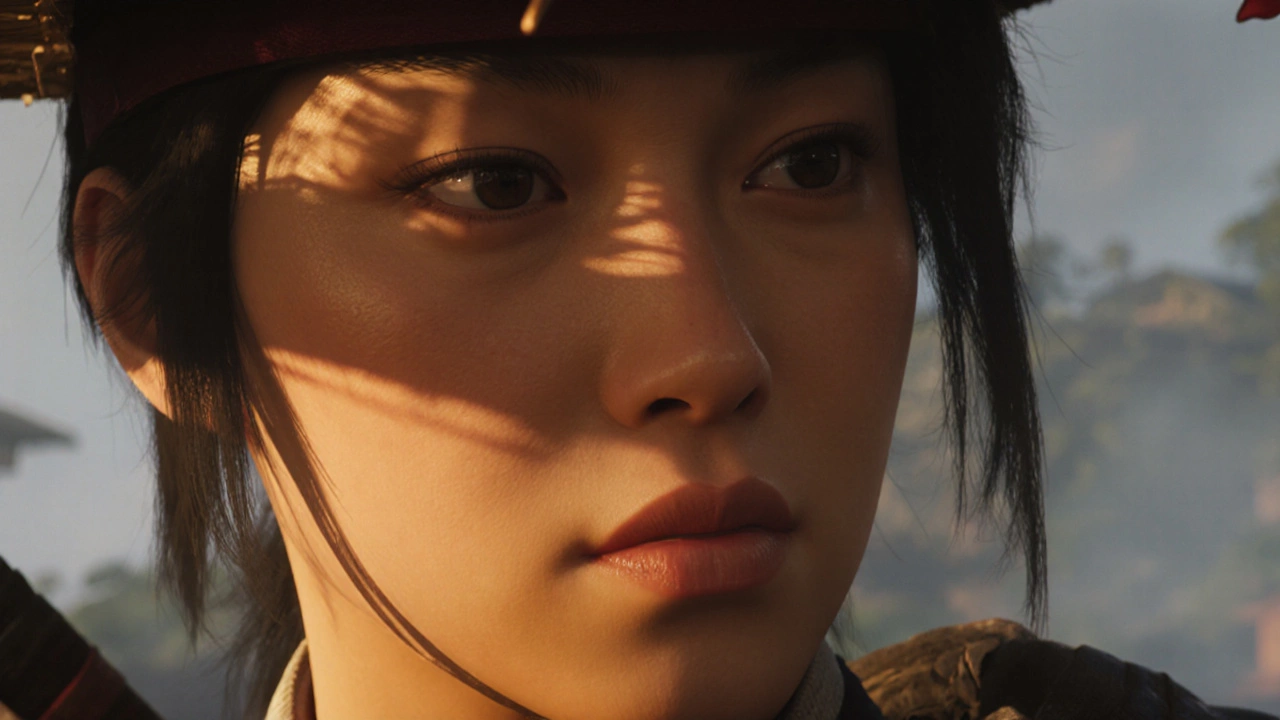Yari Spear – Everything You Need to Know
When talking about Yari spear, a long, pointed weapon that Japanese warriors used for thrusting attacks. Also known as Japanese spear, it combines a wooden shaft with a steel tip and was a staple on battlefields from the 10th to the 19th century. The Yari spear gave fighters reach, speed, and the ability to keep opponents at a distance.
Key Features and Evolution
One of the main families that the Yari belongs to is the Polearm, any weapon with a long handle and a striking or thrusting head. Polearms changed how armies moved because they let soldiers form tight formations while still delivering powerful thrusts. The Yari’s straight blade is a classic polearm attribute, but many versions added side blades or curved tips to adapt to different combat needs. This simple change shows how the Yari shape influenced overall battlefield tactics.
Another core element of the Yari is its shaft. Early shafts were made from sturdy bamboo or pine, giving the weapon a light yet strong feel. Later models used hardwoods wrapped in leather for better grip. The tip, usually a steel vertex ranging from 30 cm to 1 m, could be sharpened to a needle point for piercing armor or widened for slashing. These attributes—material, length, and tip shape—define the Yari’s performance and dictate how a rider would handle it in the field.
The people most associated with the Yari were the Samurai, elite Japanese warriors who followed a strict code of honor. Samurai trained with the Yari to break enemy ranks, protect their lords, and control strategic points. During the Kamakura and Sengoku periods, armies organized Yari troops into dense spear walls that could repel cavalry charges. This shows a direct link: the Yari required disciplined handling, and disciplined soldiers made the Yari effective.
From a tactical standpoint, the Yari enabled a simple but powerful principle: thrusting from a distance reduces personal risk. A typical formation placed Yari users at the front, creating a spiked barrier that forced opponents to either charge head‑on or find a weak spot. This formation, called a “kiba,” relied on the Yari’s reach and the riders’ coordination. The weapon’s design therefore dictated group tactics, and the tactics reinforced the weapon’s popularity.
While the Yari dominated the battlefield, it shared the stage with the Naginata, a pole weapon with a curved blade used by both men and women warriors. The Naginata excelled at sweeping cuts, whereas the Yari focused on straight thrusts. This contrast meant armies could mix both weapons to cover all angles of attack. The coexistence of Yari and Naginata highlights how weapon design influences army composition.
Today, the Yari lives on in martial arts schools, historical reenactments, and museum displays. Practitioners study classic stances, footwork, and thrust drills to keep the technique alive. Modern steel replicas often follow the same dimensions as historic models, proving that the Yari’s basic geometry still works for training. By preserving the Yari, enthusiasts maintain a link to the strategies that shaped centuries of Japanese warfare.
Below you’ll find a curated set of articles that dive deeper into these topics—from the Yari’s construction details to its role in famous battles and its modern practice. Whether you’re curious about the weapon’s history or looking for practical tips, the posts ahead cover the full spectrum of Yari knowledge.
